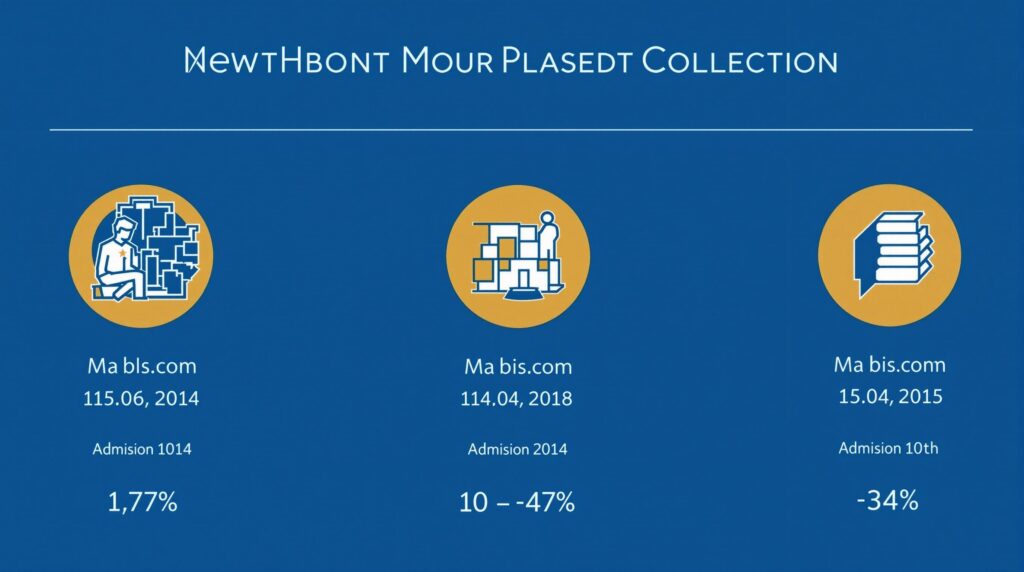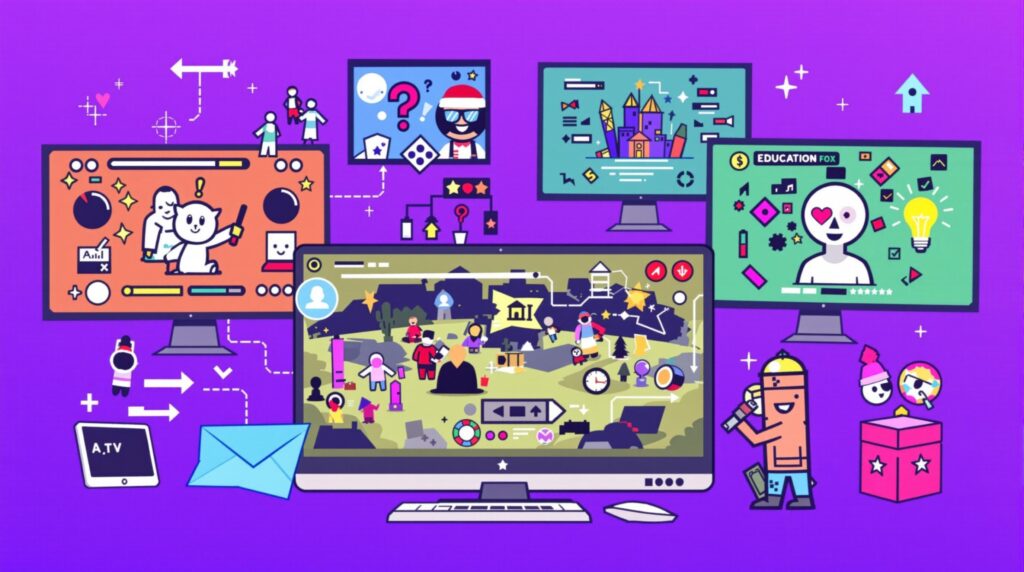A grant proposal is a comprehensive document that outlines project goals, methodologies, and budget requirements to secure funding from organizations or government agencies. Understanding what is a grant proposal and mastering its creation can unlock substantial resources for educational initiatives and career advancement opportunities, making it an essential skill for educators and professionals alike.
Key Takeaways
- Grant proposals require specific structural components including an executive summary, needs statement, project description, budget, and evaluation plan
- Federal education funding reached $119 billion in 2022, with programs like Title I ESEA and IDEA Part B being major sources
- Success rates increase to nearly 90% when submitting multiple (3-5) well-crafted applications
- Effective proposals include data-driven needs assessments utilizing credible sources like NCES or PISA
- Career advancement grants typically require detailed mentorship plans and professional development timelines
Understanding Grant Proposals: The Gateway to Educational Funding
Grant proposals function as formal funding requests that enable schools, nonprofit organizations, and individuals to secure financial support for critical initiatives. These structured documents provide a comprehensive roadmap of a project’s objectives, methods, and anticipated impact to convince funders that your proposal deserves their investment.
In the education sector, federal funding totaled $119 billion in 2022, representing 14% of all education spending—a dramatic 105% increase from 2019 levels due to COVID-19 relief measures. This funding landscape creates substantial opportunities for educators seeking resources for everything from classroom technology to comprehensive school improvement programs.
The primary audiences for educational grant proposals include government agencies like the U.S. Department of Education, private foundations with educational missions, and corporate giving programs. Each funder has specific priorities and requirements that must be carefully addressed in your proposal to maximize chances of approval.
A well-crafted grant proposal must align closely with the funder’s mission. For instance, proposals for federal financial assistance programs should demonstrate how the project advances the specific goals of that funding stream. This alignment is not merely about checking boxes but about showing genuine strategic compatibility between your needs and their funding priorities.

Essential Components Every Successful Grant Proposal Must Include
Every effective grant proposal contains several core structural elements that work together to build a compelling case for funding. These typically include an executive summary, statement of need, detailed project description, itemized budget, and evaluation plan. Each section serves a specific purpose in convincing reviewers of your project’s merit and feasibility.
The statement of need section requires localized, relevant data to establish urgency. This might include district-level graduation rates, community survey results, or achievement gap statistics that demonstrate why your specific project deserves immediate funding. Generic statements about educational challenges won’t be persuasive—reviewers need concrete evidence of the problem you’re addressing.
For specialized grants like career development awards, additional components may be required. The American Heart Association’s Career Development Award, for example, demands a three-page mentorship plan detailing strategies, timelines, and success metrics. This reflects the importance of guided professional growth in specialized fields.
Your evaluation section must outline specific methods for measuring success, including both quantitative KPIs (like improved test scores or attendance rates) and qualitative measures (such as teacher feedback or student self-assessments). This demonstrates accountability and a commitment to results-based implementation.
Step-by-Step Process for Writing a Compelling Educational Grant
The grant writing process begins with thorough pre-submission research. This includes verifying your eligibility for specific funding opportunities, reviewing past successful applications when available, and contacting program officers for clarification on priorities or requirements. This groundwork significantly increases your chances of approval.
Next, develop a comprehensive needs assessment using credible public datasets from sources like the National Center for Education Statistics (NCES) or Programme for International Student Assessment (PISA). This data helps establish the urgency and significance of your project by placing local challenges in a broader context.
When developing your narrative, consider using templates provided by major funding agencies like the National Science Foundation or the American Educational Research Association Grants Program. These templates help ensure you’re following the expected structure and format that reviewers are accustomed to evaluating.
For budget planning, create detailed itemizations that account for all project costs, potential in-kind contributions, and appropriate contingency funds. Budget credibility is enhanced by realistic cost estimates based on actual vendor quotes or established salary scales rather than approximations.
Consider these essential steps when developing your grant proposal:
- Research funding sources that align with your project goals
- Analyze the funder’s priorities, past awards, and application requirements
- Draft your proposal using the recommended format or template
- Gather letters of support from key stakeholders and partners
- Submit your application well before the deadline to avoid technical issues
Tools like PandaDoc’s grant templates or Signeasy’s collaboration platforms can streamline the drafting process, especially for teams working together on complex proposals. These resources help maintain consistency and professional presentation throughout your document.
Major Federal and State Funding Programs for Education
Title I of the Elementary and Secondary Education Act (ESEA) represents one of the largest federal education funding streams, allocating $15 billion in 2022 to support schools where at least 40% of students come from low-income families. These funds typically support school-wide programs like extended learning opportunities, professional development for teachers, and supplemental educational services.
The Individuals with Disabilities Education Act (IDEA) Part B provided $12.5 billion in 2022 to fund special education services for approximately 6.7 million students nationwide. Projects funded through IDEA often include assistive technologies, specialized instructional programs, or therapeutic services designed to support students with individualized education programs (IEPs).
The American Educational Research Association-National Science Foundation (AERA-NSF) Grants Program supports research advancing STEM education using datasets like PISA or state longitudinal data systems. These grants typically focus on innovative methodologies or analytical approaches that can inform educational policy and practice.
When applying for Title I funding, proposals must specifically detail how resources will address educational achievement gaps, such as implementing evidence-based literacy programs or hiring specialized instructional coaches. Successful applications demonstrate clear connections between proposed activities and improved student outcomes, particularly for disadvantaged populations.
Crafting Grant Proposals for Career Advancement
Career Development Awards, such as those offered by the American Heart Association, require sophisticated mentorship teams that include external advisors and grant-writing experts. These structured mentoring relationships are crucial for early-career professionals seeking to develop specialized skills and research capabilities.
The importance of mentorship is reflected in the statistics: 87% of early-career researchers attribute their grant application success to mentorship and iterative proposal feedback. This guidance helps refine both technical content and presentation style to meet the expectations of review committees.
Early-career applicants should outline specific skill-building activities in their proposals, such as budget management workshops or specialized training in research methodologies. These concrete plans demonstrate a commitment to professional growth and the ability to maximize the impact of grant funding.
Organizations like the American Heart Association require detailed timelines with biannual progress reviews and contingency plans for addressing unmet milestones. This accountability structure reassures funders that resources will be used effectively, even if challenges arise during implementation.
When crafting career advancement proposals, include plans for engaging with grant funding platforms like Grants.gov. Demonstrating familiarity with these systems shows your readiness to manage the administrative aspects of grant implementation.
Avoiding Common Mistakes That Lead to Rejection
Grant proposals are frequently rejected due to fundamental structural problems including unclear objectives, insufficient supporting data, or misaligned budgets. These issues signal to reviewers that a project may not be well-conceived or feasible, regardless of its potential merit.
A particularly common pitfall is an inadequate sustainability plan. Funders want to know how programs will continue operating after their grant period ends. For instance, if you’re requesting $50,000 for a school makerspace, your proposal should explain how maintenance costs will be covered through strategies like parent fundraising or corporate partnerships.
To avoid common errors, utilize resources like the U.S. Department of Education’s “Grant Writing Tips” checklist, which provides a systematic review framework for identifying gaps or weaknesses in your proposal before submission. This quality control step can significantly improve your approval chances.
Including letters of support from community partners substantially strengthens your proposal’s credibility. These endorsements demonstrate that your project has broader stakeholder buy-in and isn’t operating in isolation, which is particularly important for educational initiatives that require community engagement.
Maximizing Success: Proven Strategies for Educational Grant Funding
Research shows that submitting multiple well-crafted applications significantly improves funding outcomes. Applicants who submit 3-5 grant proposals can achieve success rates approaching 90%, compared to much lower rates for those submitting only one or two applications.
Corporate funding represents an often-overlooked opportunity, with 40% of Fortune 500 companies offering volunteer grant programs that can benefit educational institutions. These programs may provide financial support alongside employee expertise, creating valuable partnerships beyond just monetary resources.
When presenting your project’s potential impact, use comparative data to strengthen your case. Statements like “our previous initiative outperformed state averages by 15%” provide concrete benchmarks that help reviewers understand the significance of your expected outcomes.
Highlighting past successes in similar projects demonstrates institutional capacity and implementation expertise. This track record reassures funders that your organization can effectively manage resources and achieve stated objectives, which is particularly important for larger or more complex grant programs.
Success Stories and Case Studies in Educational Grant Funding
A compelling example of grant success comes from a 2023 NSF-funded project that increased rural STEM enrollment by 18% through innovative mentorship programs. This initiative paired working scientists with high school students in underserved communities, creating authentic learning experiences that sparked interest in science careers.
In high-poverty districts, Title I-funded literacy initiatives have demonstrated remarkable results, boosting third-grade reading scores by 22% through systematic interventions. These programs typically combine teacher professional development, evidence-based curriculum materials, and extended learning opportunities to create comprehensive approaches to literacy improvement.
Consider this example of effective grant implementation:
- A mid-sized rural district secured NSF funding for a district-wide coding initiative
- The program integrated computer science across K-12 curriculum areas
- Teacher professional development included summer institutes and ongoing coaching



